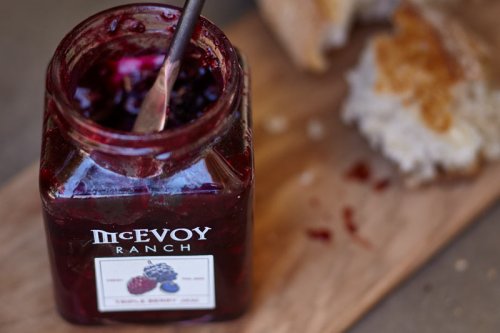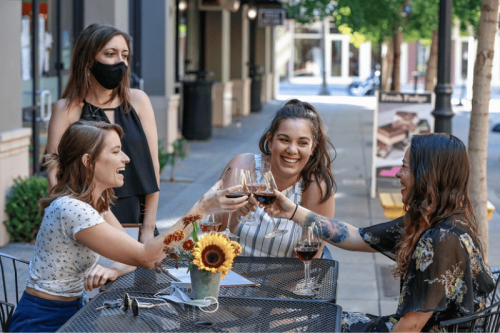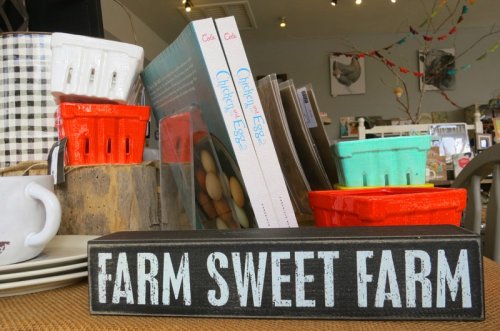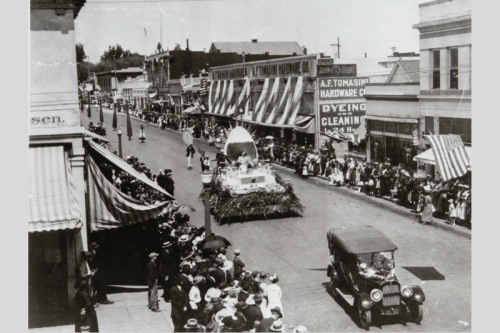
Bringing a Historic “Maker” Back to Life
The "Silk Mill" Hampton Inn is the Petaluma's newest "old" hotel
Makers make things that people need. However, as times change, the needs change. So when there is an opportunity to preserve the heritage of something special while transforming – or making – something new, it is a winning situation.
Such is the journey of the Silk Mill to the Hampton Inn. The building is one of the three Petaluma properties listed on the National Register of Historic Places.
Built in 1892 by the Carlson-Currier Company, the Petaluma Silk Mill manufactured fine sewing products and silk threads that were in demand at the turn of the century. In 1940, Sunset Line & Twine took over the building, manufacturing products for the war effort including silk parachutes. As the country entered the era of space exploration, the facility shifted to synthetic cording, even producing materials that went on Apollo and Gemini missions.
Sunset Line & Twine was purchased by a midwestern masonry and concrete tool company, eventually resulting in the closure of the factory in 2007. Plans to develop the property in 2008 did not proceed and the Georgian Colonial Revival style building sat vacant and deteriorating, a sad condition for one of the community’s most historically significant buildings.
In the years that followed, tourism in Sonoma County grew at unprecedented rates, reflected in Petaluma's growth as a tourism destination. With the increased need for additional hotel rooms to accommodate overnight stays, the timing was perfect for the renaissance of the Silk Mill as a boutique hotel.
Experienced in renovating historic buildings including the 1906 Hotel Shattuck Plaza in Berkeley, BPR Properties partner Perry Patel says they understood the property’s significance. “This building has such a rich history to this community that we have discovered through research, imagery, and talking to the community. We are privileged and honored to have the ability to take buildings like this and resurrect life into them.”
Restoring an historic landmark back to its original design was “extremely exciting” but also “extremely difficult to do” because you never know what you’ll encounter behind walls, floors and ceilings. The building has been seismically retrofitted and strengthened structurally and energy efficient windows designed to match the original have been installed.
The exterior of the building has been restored to its original design; the interior retains the distinctive features of the building while incorporating all the modern features today’s travelers expect. “Every guest room has exposed brick and the ceilings are original. The corridors on the first floor have the exposed columns and the wood corbels. On the second floor, the original beadboard is exposed. The Dye House in the back is the breakfast room.”
In every step of the renovation, Patel says that their goal was to “honor and celebrate the history of the building.”








